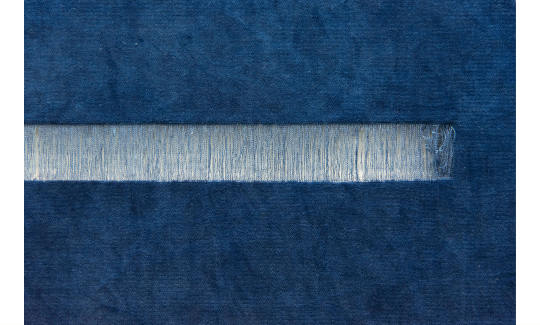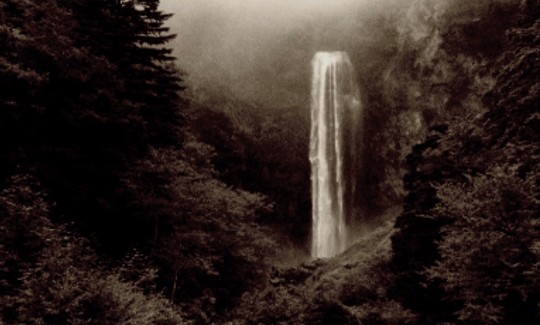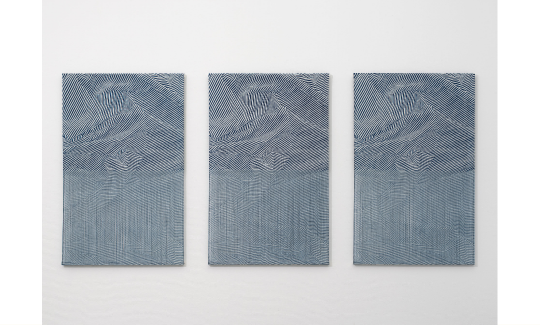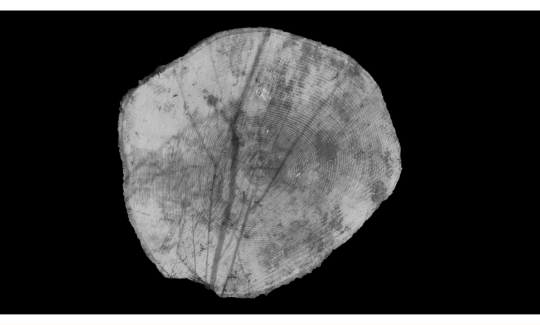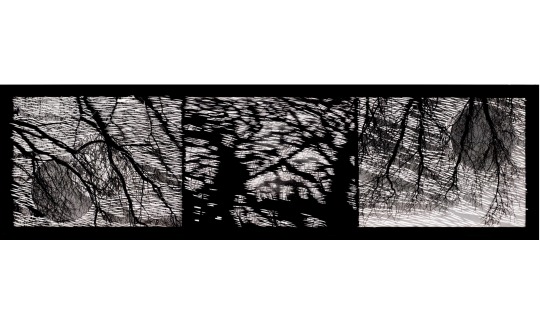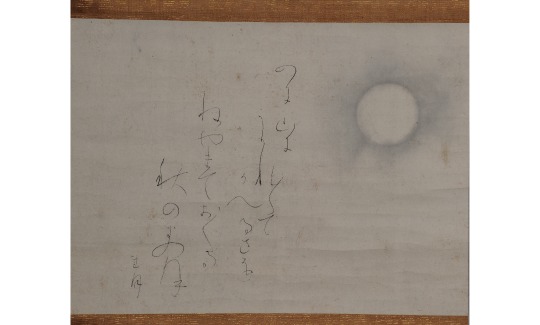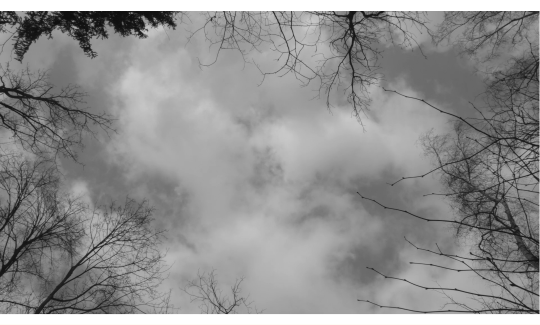Earth, water, wind, fire…and emptiness
Thursday, 25.05.23, 10:00
Saturday, 18.11.23
curator:
Dr. Etty Glass Gissis
assistant to the curator:
Eden Shwaitzer
More info:
04-6030800 TIKTOIN.jpg)
Earth, water, wind, fire…and emptiness are the elements that make up the entire universe.
They are part of an ancient doctrine that used them as a means of solving problems, and from that time they have been an inseparable part of a variety of disciplines – philosophy, art, medicine, astrology and even politics. The connection between the elements emphasizes the basic concept that they nurture each other and that every element in our world is mutually dependent on another and does not exist separately. For instance, the water feeds the earth and the trees feed the fire, but at the same time, the water subdues the fire, and the earth conquers the water, two aspects of interrelationships essential for maintaining the balance of the universe. The fifth element – space/emptiness – is the basis which allows all four elements to be in constant action, subject to constant changes, and it emphasizes the essence of this process rather than their material essence. This exhibition seeks to illuminate all five elements in the light of art and to present the interrelationships between them through the works shown: Traditional ink paintings from the Itamar Proccacia collection, peeled photographs by Maya Cohen-Levi, video works by Youki Hirakawa and Mizuno Katsunori, indigo works by Yael Harnik and a selection of modern works from the museum's collection.
"Q: And in what elements did the Buddha choose to manifest his body? Priest: Earth, water, wind, fire and space. Q: Of these five man also is compounded. Where then is the difference? Priest: The forms are the same, but not the virtue." Nancy Wilson Ross, The World of Zen, 1960
|
Japanese gardens do not seek to create a realistic illusion of landscape, but rather to allude to the general atmosphere of “mountain and water” in a limited space, so that it appears as if a human hand assisted in its design but did not dictate it. The Zen gardener does not strive to impose his intentions on natural forms but makes sure to follow the 'intentionless intention' of the forms themselves, which requires extreme skill and attention. As a matter of fact, the gardener does not stop pruning, trimming, cultivating, and domesticating his plants, but he does this as someone who is himself a part of the garden and not an outside manager. He does not interfere with nature because he is Nature itself, and he cultivates as one who does not cultivate, and therefore the garden is very artificial and at the same time completely natural!" (Alan Watts, The Way of Zen, 1957)
In the limited space of the gallery, the “Enclosed Garden” seeks to allude through visual means to the general atmosphere of a Japanese garden and, in other words, to an atmosphere of “mountain and water”. The straight lines of the raked gravel along the length of the garden, and the combination between them and the rounded, raked shapes around the stones embedded in it, are the basic forms of the Zen “dry garden” (karesansui). In addition, the perception of the space in the garden, where the empty is greater than the full, is present in the works displayed in this space. The Zen garden invites contemplation, attention and inner silence, and visitors to the exhibition are invited to replace viewing the garden with looking at works (videos, ink paintings, textiles and modern prints) inspired by it.
In a unique project, a bamboo installation was erected by the bamboo artist Takayuki Shimizu on the patio of the museum, corresponding with the trees planted in it. Shimizu came to Israel from the bamboo town of Po in southern Japan especially for this purpose. In a special collaboration, the Shimizu and veteran ceramicist Irit Abba created the project "outside the box", through which they examined the connection between the two materials, clay (earth) and bamboo.
In the "Sounds of the River" exhibition space is a selection of works by the textile artist Yael Harnik. Harnik creates in a traditional Japanese technique, but in her creative way, her works herald innovation and an invitation to a contemporary look at tradition. Similar to Japanese ink paintings, Harnik creates a rich world of shades by using only one color, indigo. Unusually, she dyes fabrics that challenge the technique and replaces the commonly-used cotton fabric with silk and velvet. The encounter with Harnik's works brings not only aesthetic pleasure, from which the sounds of the river emanate, the folds are waves and the fabric is water.
"Fading Away" is a collection of three works, "Frozen Leaf", "Vanishing Tree" and "Fallen Candles", by the video artist Youki Hirakawa. The works are an invitation to a journey through space and time, not to another time or place, but to here and now. Viewers are invited to experience an existential state of impermanence, fading and fragility - from the full and present to complete emptiness and disappearance. Hirakawa's works are a metaphor for man's existential condition, which is constantly changing, just like nature around us. Hirakawa's works have a melancholic and lyrical quality. In the three works in the exhibition, Hirakawa presents the elements that make up the universe - earth, air, water, fire, and emptiness.
Mizuno Katsunori, b. 1982, Fallwater, 2007

